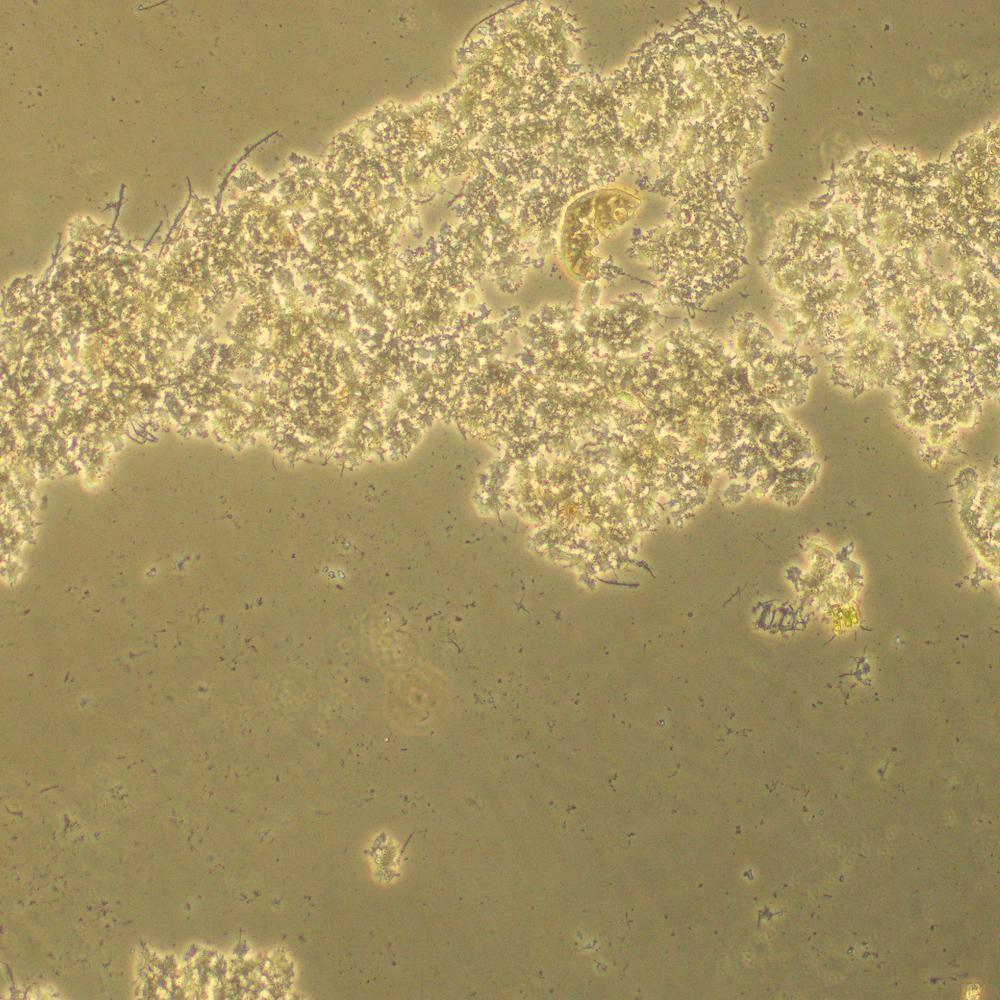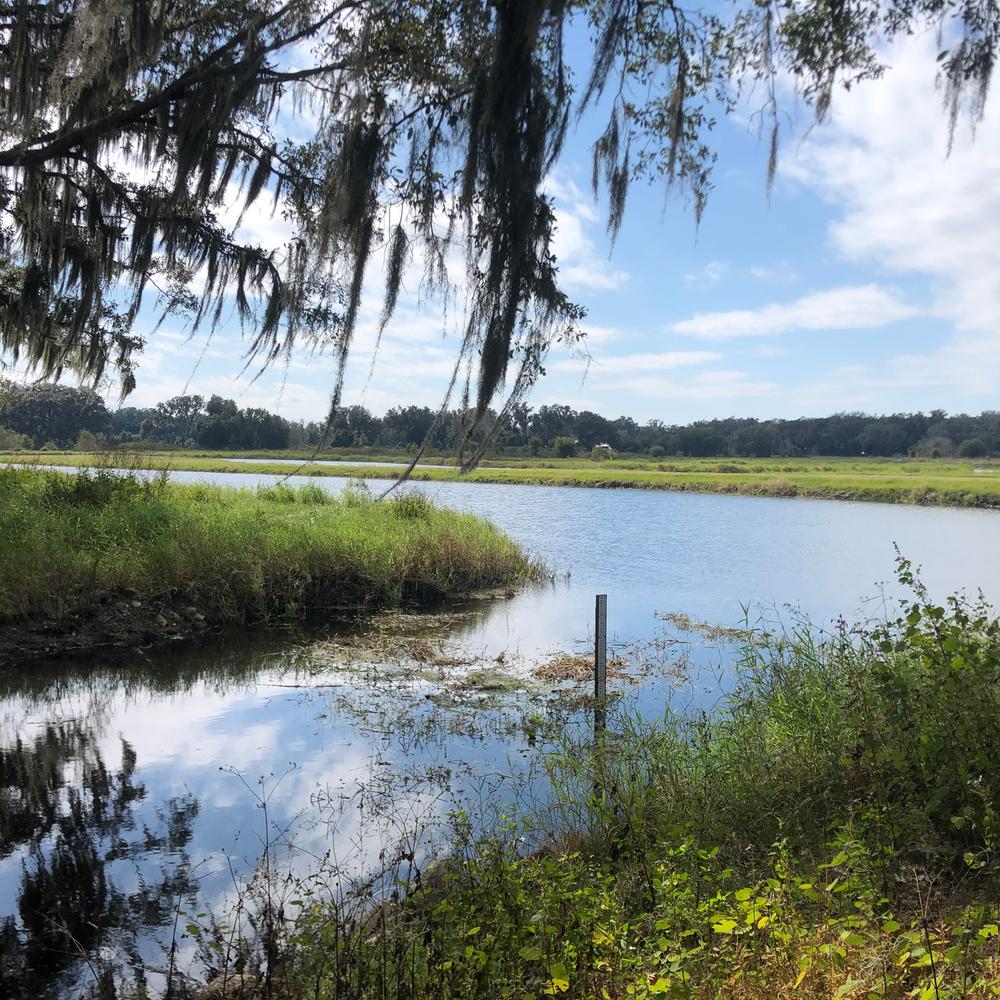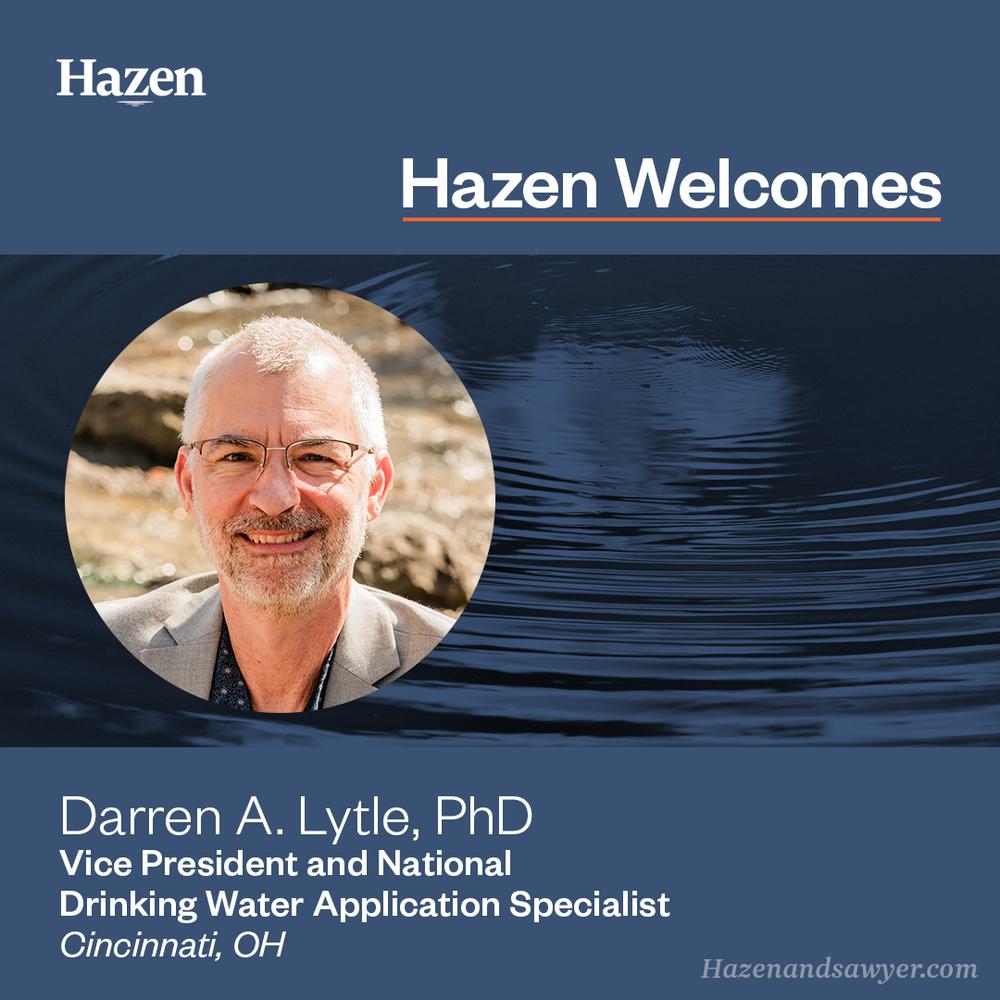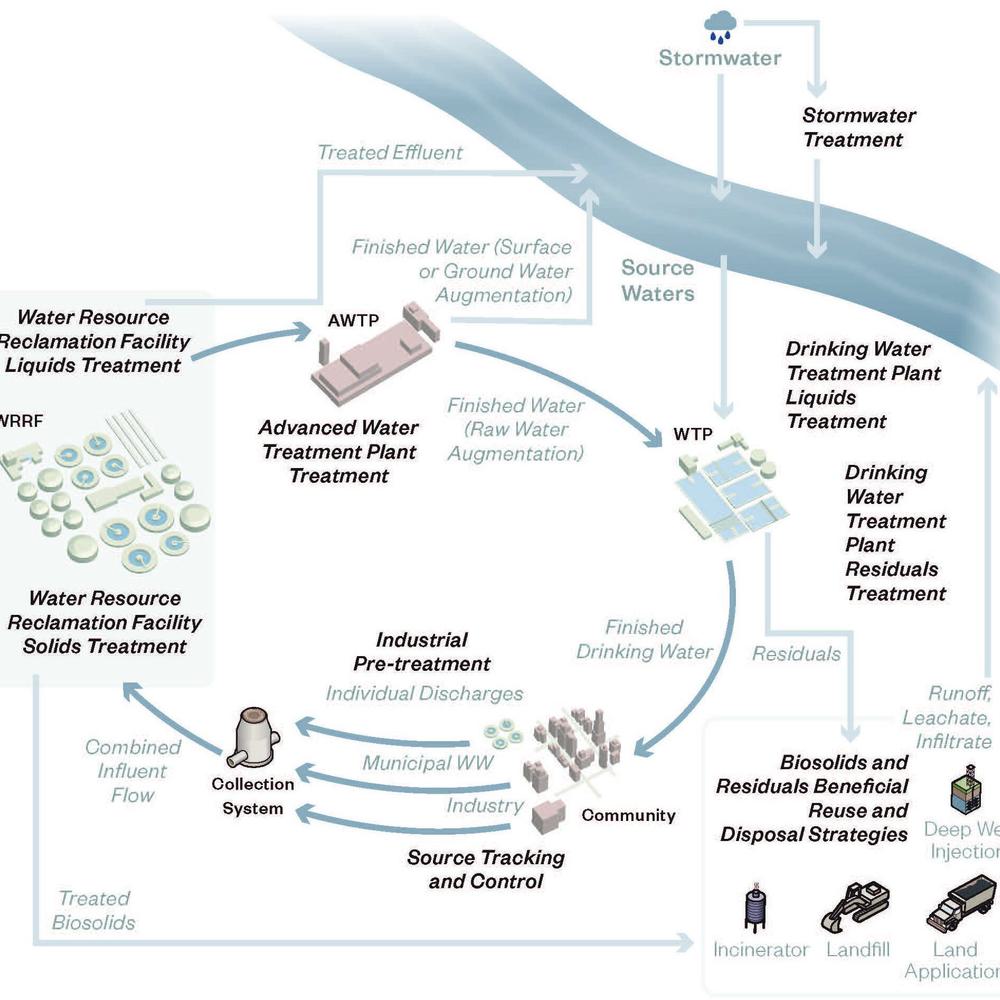Fast-Track Design for Regulatory Compliance at the 285-MGD Potomac WFP
The Potomac WFP is one of two treatment facilities owned and operated by the Washington Suburban Sanitary Commission (WSSC), one of the largest water utilities in the country providing finished drinking water to the over 1.8 million residents of Prince George’s and Montgomery Counties in Maryland.
The Potomac WFP has historically been in compliance with the Safe Drinking Water Act regulations for finished drinking water; however, WSSC has experienced occasions where water in the extremities of the distribution system has exceeded the future Stage 2 Disinfectants/Disinfection By-Products Rule (ST2DDBPR) Location Running Annual Average (LRAA) Maximum Contaminant Levels (MCLs) for total trihalomethanes (TTHMs) and haloacetic acids (HAA5) for short time periods (particularly during the year 1999 and 2002 droughts).
The Potomac WFP has used polyaluminum chloride (PACl) as the primary coagulant for over ten years because of its performance on Potomac River water and its side benefit of low-aggressiveness towards metallic components of treatment equipment. Based on the recent DBP issues, however, the WSSC Environmental Group (EG) performed bench-scale and full-scale testing of alternative coagulants to see if improved TOC reduction, and therefore reduced DBP levels, could be achieved. The bench-scale and full-scale testing results indicated that ferric chloride outperformed coagulation with PACl, both with and without acid addition, in regard to percent reduction in TTHM and HAA5 concentrations.
Hazen and Sawyer was tasked with the study and ultimate design of a new ferric chloride feed facility. The intent is to utilize ferric chloride as the primary coagulant during “difficult” water conditions (i.e., drought situations) when PACl has been shown to be less effective at removing organic matter. Several challenges needed to be overcome with this approach, including the design of a chemical feed system that could be used and then decommissioned until it was needed (with potentially several years in between uses). Additionally, since the ferric chloride system was a critical piece in the regulatory compliance program controlling disinfection by-products (DBPs), the system needed to be up and running by April 2012. This required the study and design of the chemical feed system to be completed on a fast-track basis. Key scope of work items for this project include:
- Evaluation of materials compatibility issues associated with switching from PACl to ferric chloride (or ferric sulfate)
- Developing a basis of design for the ferric chloride feed system
- Evaluation of bench-scale testing results of corrosion potential on differing pipe materials, particularly when switching from PACl to ferric chloride (and back again)
- Evaluating alternative pH and alkalinity adjustment chemicals and developing associated design concept
- Developing final (biddable) design documents for the construction of the required chemical feed improvements
The first phase of the project (completed in early 2010) entailed studying the impacts of ferric chloride use on residuals handling and disposal, distribution system corrosion potential, and materials compatibility, among other issues. Based on the results of the initial studies, the detailed design documents for the chemical feed systems will also include modifications to selected process components to replace the existing incompatible materials with new materials that are better suited to use in low pH water with a higher chloride content. An assessment of the potential for degradation of existing concrete surfaces with the reduced coagulated water pH was also performed.
Another critical aspect of the first (study) phase of the project was the performance of bench-scale corrosion testing. When changes are made in chemical treatment of drinking water it is imperative that the impacts on finished water chemistry be understood because there can be unintended side effects. The switch in primary coagulants is no exception, as was proved through the bench-scale testing. The ferric chloride coagulated waters were more corrosive than the water coagulated with PACl (as evidenced by a higher required corrosion inhibitor dose). This was hypothesized to be due to the increase in the chloride:sulfate ratio that results when ferric chloride is added (the chloride:sulfate ratio is a good indicator of corrosion potential in the water distribution system). An alternative measure that will be implemented in the detailed design of the chemical feed systems is to design the new coagulant feed system to work with either ferric chloride or ferric sulfate, the latter of which would improve the potential for corrosion by reducing the chloride:sulfate ratio.
As the project moved into the detailed design stage, Hazen and Sawyer began evaluating alternative locations on the treatment plant site for the construction of the ferric chloride and sodium hydroxide (caustic) chemical feed systems. It became apparent early on that finding a suitable location for the construction of the sodium hydroxide system would be difficult at best, as the ideal location from a site disturbance standpoint was not convenient to the operation of the plant. An innovative use of the plant’s existing lime feed silos was proposed by Hazen and Sawyer whereby sodium carbonate (soda ash) would be stored in the silos and used as the pH/alkalinity adjustment chemical in lieu of sodium hydroxide. While potentially more expensive on a life cycle cost basis (depending on the current pricing of sodium hydroxide, which is highly volatile), the “repurposing” of the existing lime feed system will save a great deal of capital expense, will allow the new system to be brought on-line more quickly, and will be easier to for the plant staff to operate and maintain.
In accordance with Owner preferences, graphics/photos are not provided with this project summary for security reasons.
Project Outcomes and Benefits
- Identified the impacts of ferric chloride use on residuals handling and disposal, distribution system corrosion potential, and materials compatibility, among other issues.
- Design new coagulant feed system to work with either ferric chloride or ferric sulfate.
- Innovative use of the plant’s existing lime feed silos to house sodium carbonate (soda ash), used as the pH/alkalinity adjustment chemical in lieu of sodium hydroxide, saving significant capital costs.
- Fast-track final design to accommodate regulatory compliance schedule.






















